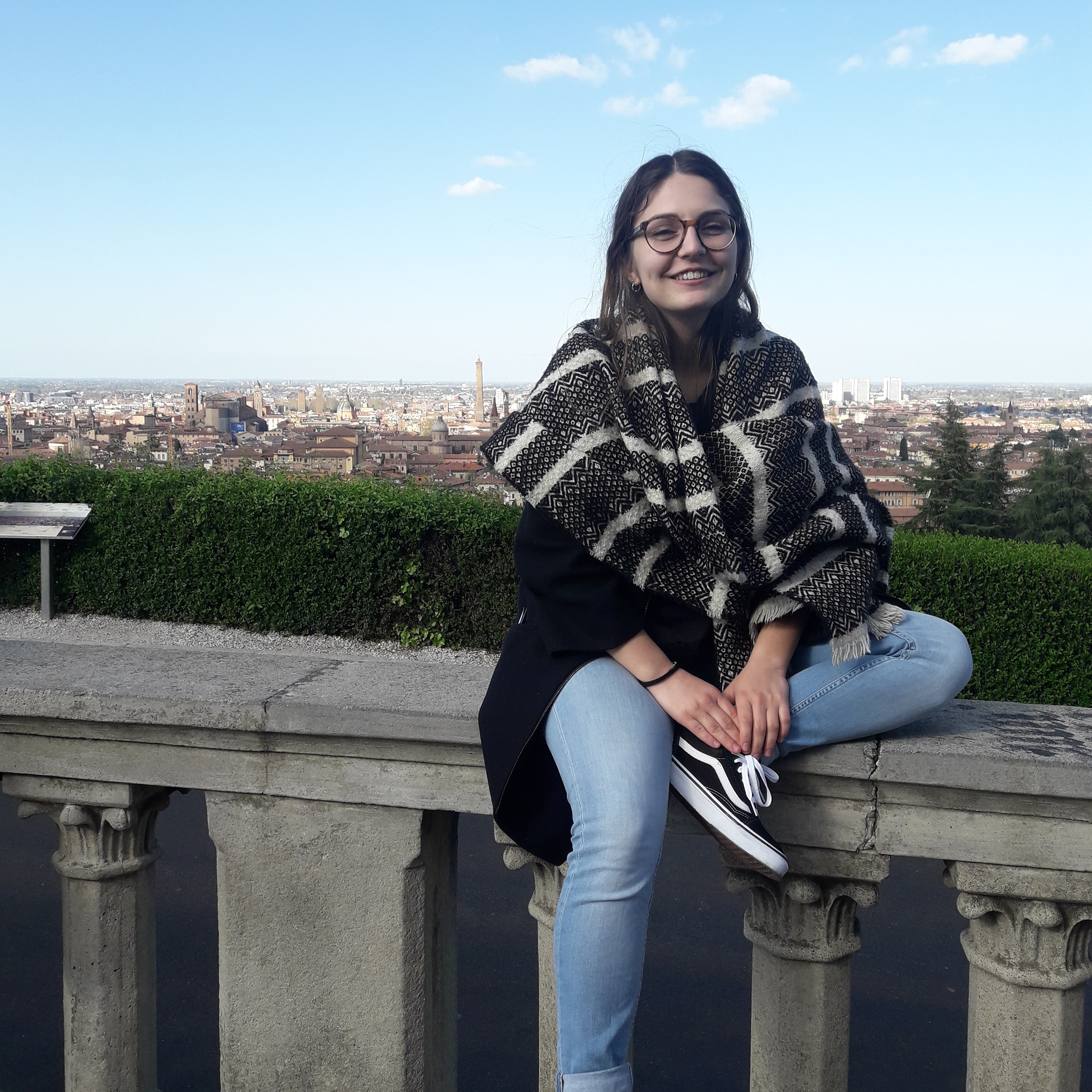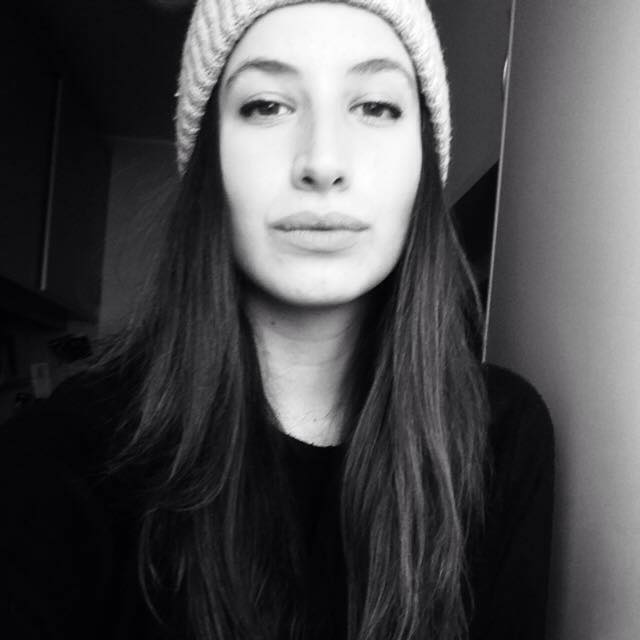Medieval lens
Soviet lens
70s lens
2030 lens
S
P
E
C
U
L
U
M
A
G
The Speculum Magazine
- Lens to filter the modern world -
Explore the latest advancements in science, biology, technology and more. Here at The Speculum Magazine we dedicate ourselves to update our readers of the newest discoveries and we delve into the freshest debates in science and ethics. Our readers will also benefit from an interactive work on layout and history of layout that will spice things up and allow them to become aware of the different tendencies in page layout that occurred during history. Furthermore, each issues is enriched by sections entirely devoted to metadata, that will give the interested reader additional information and will facilitate the comparison between articles.
Our lenses
The first wearable glasses known to history appeared in Italy in the late Middle Ages during the 13th century in the form of magnifying lenses for reading shaped like two small magnifying glasses and set into bone, metal, or leather mountings that could be balanced on the bridge of nose.
During the XIX century the so-called pince-nez, a style of glasses similar to the medieval one was still used. Though, throughout the nineteenth century and especially among aristocracy monocles were most prevalent.
Eyeglasses weren’t considered an acceptable fashion statement because they carried connotations of one being old or a member of the clergy, therefore monocle accommodated the desire to make eyewear as inconspicuous as possible.
In the early XX century the choice was between spectacles or pince-nez, though over the years the perception of eyewear began to be strongly influenced by actors in motion pictures, the world of fashion and culture
In fact, in the second half of the XX century, especially in the 70s we start to see more fashionable glasses influenced by the fashion industry and a consequent demand for stylized eyewear. The seventies were indeed about making style statements and showing personality with bold glasses and quirky shapes.
The late 90s and early 2000s eyeglasses trends were strongly influenced by celebrities: true trendsetters that would dictate fashion, even in eyewear. Famous shapes were the bug-eye, the circular shape, aviators, etc.
Celebrities, or rather influencers, are likely to affect the future of eyewear but goodness know if in 2030 we will experience new types of spectacles that will balance fashion trends and technological innovations like virtual and augmented reality
The Issues
The magazine is organized into issues: each issue will explore a specific topic, covering it from different perspectives. We always try to offer the widest picture possible. We also offer additional tools that the reader can use to connect entities inside the texts and to further expand his or her knowledge.
Here you can explore our newest issues
1/10
2/10
3/10
4/10
5/10
6/10
7/10
8/10
9/10
10/10
S
P
E
C
U
L
U
M
A
G
About the Speculum
We are born as a University project, specifically, as a team project for the 2020/21 course on Web Technologies with Professor Fabio Vitali. We are a dedicated and passionate team of amatorial editors: our mission is to shed light on some of the most interesting and controversial topic of the modern world, without forgetting a rigorous scientific approach. We believe in the power of knowledge to build responsible and engaged societies.
The concept
We chose the concepts of Speculum (a latin word for lens) and eyeglasses to be the symbols of our magazine. The glass allows one to focus, to magnify and amplify. That is exactly what we are trying to offer: a possibility to look deep into modern problems. As a design note: we matched our layout-changing icons to a specific pair of glasses, that recall the historic period under consideration.
The magnifying team

Alessandro Rosa
I hold a bachelor's and a MD degree in philosophy, both obtained at the University of Bologna. I am currently enrolled in the DHDK program and I my main interests are data extraction and natural language processing.
I edited the Blockchain & Capitalism issue and I was responsible for the first mid XX century and the 2030 typographic style. I developed the whole Ajax infrastructure on which the website rely on, in particular: the script that place each issue in the homepage with their relative metadata; the script that insert each article and provide single or parallel visualization and the relative metadata for each article; the script that apply different typographical styles without reloading the page; I also customized a JavaScript plugin for creating an efficient table of contents for documentation page and an external Python script that perform basic sentimental analysis on the articles text. I developed the whole website layout and the relative structural organization of each part, including the layout for the parallel visualization of the article withing their metadata boxes. Detailed information can be found at the documentation page.

Valentina Cozzi
I hold a bachelor’s degree in DAMS – Drama, Art and Music and I am currently attending the international master’s degree DHDK. I am interested in web technologies, the legal aspects of CH and the strategical and business-oriented approach of cultural industries.
For the duration of this project I was responsible for the curation of the Dreams issue. I was also responsible for creating the XIX century and the late 90s-early 2000s typographic styles. As for the markup, I was responsible marking up the metadata of our issues, we decided to focus our attention on keywords, people, places, dates and companies/institutions. On top of that I was responsible for the icon glasses, through which is possible to navigate the site choosing one typographic site or another. The choices for the spectacles have been thoroughly explained and historically justified in the main page. Nevertheless, detailed information can be found at the documentation page.

Susanna Pinotti
I hold a bachelor's degree in Foreign Languages and cultures, where I studied English and French, and I'm currently attending DHDK. I am interested in computational linguistics, NLP and data science, web technologies and design.
During this project, I was responsible for the curation of the Neuroscience issue and the markup of its three articles. I also designed the “Groovy Seventies” style, inspired by the 70s, and the “Beasty Medieval” style, derived from illuminated manuscripts. On the programming side, I implemented some aspects of the metadata functions, the sections retrieval function, the highlighting tool, and I inserted a small script at the end of each article that allows to scroll to the top of the page once the end of the article is reached. I also collaborated to writing down some parts of the webpage. More information about the styles, the metadata and the markup can be found at the documentation page.
1/10
2/10
3/10
4/10
5/10
6/10
7/10
8/10
9/10
10/10